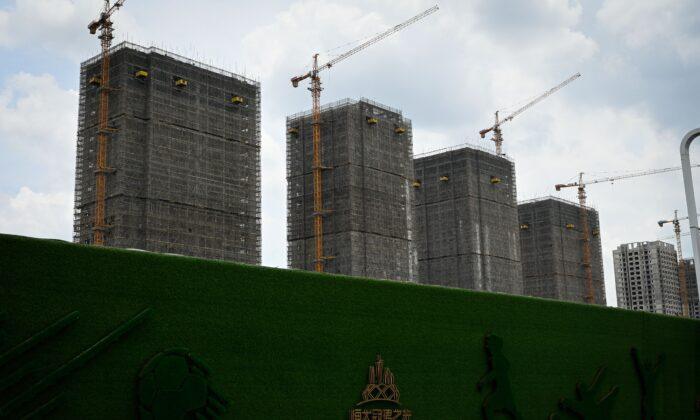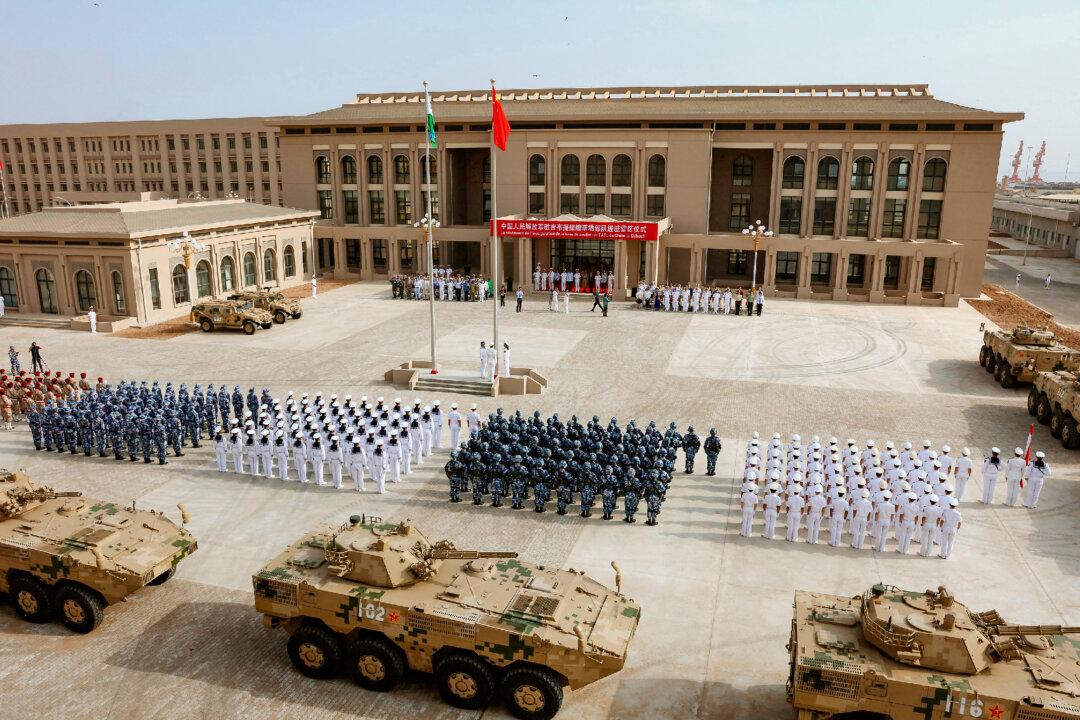China’s 2020 census is finally available. It has brought Beijing some good news but only relative to fearful expectations. The statistics still issue a warning for the future.
The census announces that the country’s population as of 2020 totaled 1.41 billion, up 5.4 percent from 2010. Since there was some considerable fear that the population had shrunk, this was good news for the authorities. But any rejoicing must have been muted.
The growth is the smallest since China began its census in the 1950s. And if this slow population growth relieves Beijing’s worst expectations, the overall picture still points to a smaller population in coming years. Most significant from an economic standpoint is the disproportionate drop in those of working age, for this prospect threatens to severely limit the overall pace of development.
The root of these problems lies in the one-child policy that prevailed in China from the 1970s until recently. When former Chinese leader Deng Xiaoping initiated the rule that families could have only one child, he was singularly focused on economic growth and made clear that fewer children would help economic development by freeing more young adults for work. Fewer school children might also free former teachers for the growth effort. But over time, as the birth rate fell below replacement, the nation’s youth population dwindled, so that today China faces a shortage of working-aged people to replace the huge working population that is now retiring from active employment.
As this mismatch between retirees and new young workers has intensified, a slow-motion problem of immense proportions has developed. The shortage of workers has, for instance, exaggerated the rise in Chinese wages, which, according to the National Bureau of Statistics, have increased over 9.0 percent a year during the last five years. While this development has come as a boon to workers, it has begun to close the wage gap between China on the one hand, and the West and Japan on the other. In so doing, it has stolen some of the allure China has long had as a place to source inexpensive production.
Still more fundamentally, the slow flow of young workers has left China a paucity of the ultimate resource for economic growth: working hands and minds. And since most innovation occurs among young adults, the demographic situation is poised to weigh most heavily on the technological innovation that Beijing increasingly emphasizes. The United Nations forecasts that before this decade gets much older, the shortage of new workers will cause the country’s workforce to shrink absolutely.
A few years ago, as this demographic problem became apparent, Beijing, after almost 50 years, relaxed the one-child policy. But the Chinese public seems not to have responded. At last measure, the nation’s fertility rate stood at an average of 1.3 children in each woman’s lifetime, far below replacement. It seems that the high cost of living and the high cost of child rearing have made young couples reluctant to build a family, especially after decades during which the one-child policy changed preferences. Even in the unlikely event that the fertility rate were to rise, it would take 15 to 20 years before the change could have any effect on the relative size of China’s working-age population.
Demographics alone, however severe, will not stop China’s growth and development. But it will contribute to a marked slowdown in the pace of growth, especially compared to the breakneck pace to which Beijing and the world have grown accustomed. In other words, the legacy of the one-child policy will now interfere with Beijing’s grand ambitions. It should also serve as an object lesson.
China would not face this problem were it not for the power of its centralized and top-down approach to economics. Were the authorities in Beijing to take this fact to heart, they might avoid other pitfalls in their centralized and planned approach. There is, however, little sign that either Chinese leader Xi Jinping or his colleagues in the Forbidden City have any sensitivity to this warning. That fact should very much hearten China’s rivals and enemies.





